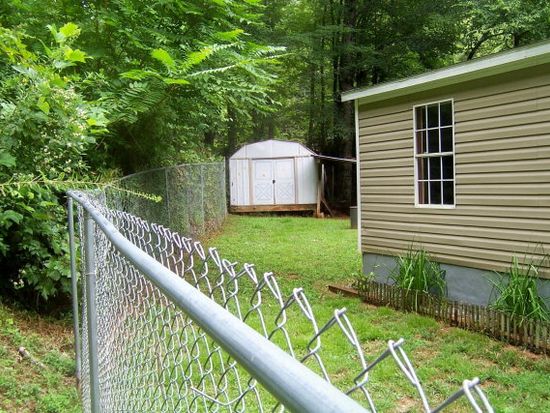

Ashe, ed., Biographical History of North Carolina, vol. Nash was from 1892 to 1896 the first appointed state regent of North Carolina, National Society, Daughters of the American Revolution, having joined the organization on the service of her grandfather, Captain Daves. The group erected and dedicated () the tall Confederate monument in Cedar Grove Cemetery, New Bern. Nash and her mother were its first vice-president and president, respectively. When the Ladies' Memorial Association of New Bern was organized in 1866, Mrs. 1858 at Christ Episcopal Church in New Bern, became the second wife of Governor John Willis Ellis and after his death married, on 15 Sept. John Pugh Daves and his wife Elizabeth were the parents of several distinguished children, including Edward Graham Daves (31 Mar. 1850), who were married 16 June 1795 at New Bern. 1804–), the daughter of Edward Graham (18 Feb. 1830 to Elizabeth Batchelor Graham (3 Aug. 1816 to Jane Reid Henry (1793–1827), sister of Louis D. 1813 to Mary Bryan Hatch, who died the next February on 1 Feb.

1812, was a Craven County sheriff but moved in 1836 to Alabama where he died in 1839. Thomas Haynes Daves, who married Harriet Hatch on 11 Mar. Ann Rebecca Daves was married in New Bern to Josiah Collins of Edenton in December 1803. Sally Eaton Daves wed, in New Bern, Morgan Jones of Maryland, but died 17 Feb. During April 1782 Daves married Mary Haynes Long Davis (1751–11 Apr. His first wife, Sally Bryan, died shortly, leaving an infant, Mary (1776–1840), who became the wife of James McKinlay (1751–1819), a native of Scotland and for forty years a New Bern merchant and banker. During June 1893 the casket was taken to a place of honor at Guilford Court House National Military Park. Still standing there is a tombstone listing his chief accomplishments. At his death he was buried with military and Masonic honors in Cedar Grove Cemetery, New Bern. Daves was a warden of Christ Episcopal Church. He became inspector of surveys and ports 6 Mar. 1790 President Washington named him the first collector of customs at New Bern, where a customhouse had been opened in March. Aiding with the organization of the North Carolina Society of the Cincinnati, he was among its sixty original members. In September 1781 he was promoted to captain.Īfter the war Daves was a major of the North Carolina state troops. Following duty at Morristown and in the New York highlands, he was wounded in 1779 at Stony Point. 1776, he was ordered to join General George Washington's forces, with which he served bravely at Brandywine, Germantown, Valley Forge, Eutaw Springs, and Monmouth. In its rear yard is a huge mulberry tree, thought to be one of a number planted by Baron Christopher deGraffenried, founder of New Bern in 1710, who reportedly imported silkworms and attempted to start a silk industry.Īs a soldier of the first Continental line troops, Daves was appointed quartermaster of the Second Regiment, aided in the repulse of Lord Dunmore in December 1775 at Norfolk, Va., and helped defeat the British the next June at Sullivan's Island.

Residing there the rest of his life, he built-largely with his own hands- an early frame house on lower George Street that has recently been restored. When he was two years old, his family moved to New Bern. John Daves, Revolutionary War officer, was born in Virginia where his paternal ancestors had immigrated during the middle of the seventeenth century.


 0 kommentar(er)
0 kommentar(er)
